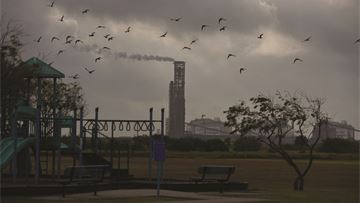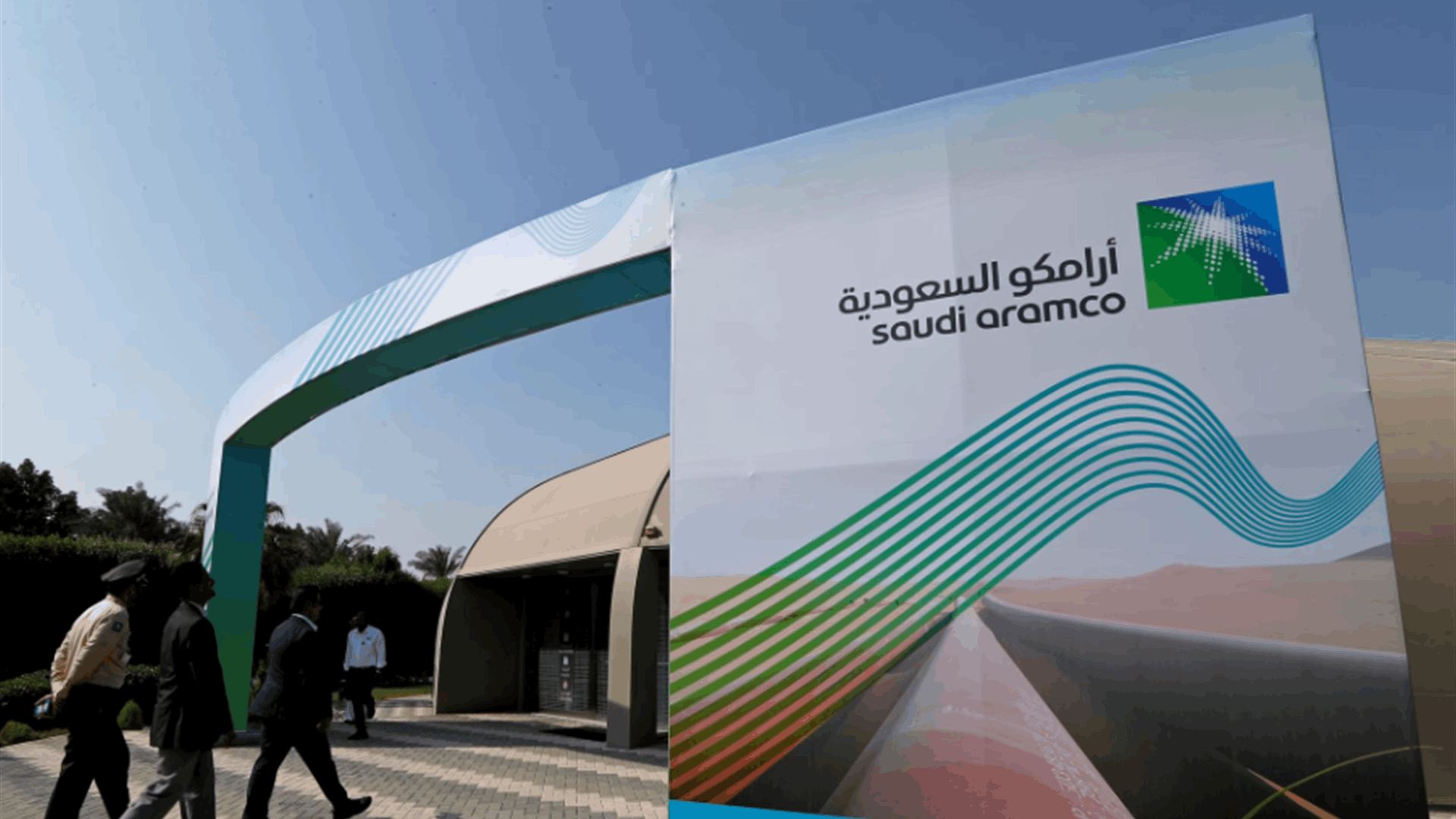Perspectives | China wants the Line D pipeline. Can Central Asia deliver?

China is signalling that it wants to move forward with a Central Asian natural gas pipeline project that’s been discussed for decades. But does Central Asia have gas to fill the pipeline, known as Line D?
The region is facing its own increasingly undeniable gas shortages, as well as competition from Russia and liquefied natural gas (LNG) suppliers. So, the long-planned construction of Line D of the Central Asia-to-China pipeline, while increasingly likely, is not yet clinched.
Beijing: Making moves in natural gas markets
China’s total natural gas consumption jumped more than 1,000 percent in the first two decades of this century as it became the world’s largest importer. It imported about 42% of its total natural gas consumption in 2021, receiving supplies via LNG, Central Asia pipeline natural gas, Russia and Myanmar. Flows from Turkmenistan accounted for about 75% of all import volumes from Central Asia in the same year (China has not released volumes for 2022 imports).
That gas flowed through the Central Asia-to-China pipeline network, which began operations with Line A in 2009; Line B came online the following year. The two have a combined capacity of 30bn cubic metres (bcm) per year and connect to Turkmenistan’s Bagtyyarlyk gas field. Line C, with a capacity of 25 bcm/year, entered service in 2014, with Turkmenistan and Uzbekistan each providing 10 bcm and Kazakhstan contributing 5 bcm.
There are signs that Beijing plans to expand these links.
After launching a new gas field in Turkmenistan last summer, Beijing announced it would add a fourth pipeline to its domestic West-East Pipeline (WEP) network. While PipeChina claimed this was to ensure domestic gas supplies from the western province of Xinjiang, it seems instead that Beijing is seeking to accommodate more natural gas inflows along Line D. That’s because, while China is developing production in Xinjiang’s Tarim basin, the gas there is in ultra-deep reservoirs that pose technical and economic challenges. Analysts are sceptical that the WEP’s expansion is only to deliver domestic gas.
Indeed, due to Turkmenistan’s relatively competitive production costs, Beijing has continued to court Ashgabat, and the two sides issued a joint statement in early January explicitly committing to accelerate “construction of Line D” and to “intensify cooperation in the gas industry.”
Beijing would take some risk by accepting more Central Asian natural gas, as the region has often struggled to fulfil its production obligations, sparking mini-energy crises in China. During the winter of 2017/2018, production failures in Turkmenistan led to outages in China.
The unreliability of Central Asian gas exports continued over the last two winters. In January 2022, Uzbekistan paused exports to China during Kazakhstan’s unrest; Tashkent also reportedly suspended exports in November 2022 amid surging domestic demand, although some accounts hold that Uzbek officials quietly maintained (politically unpopular) exports. Also in November 2022, China sought assurances that Kazakhstan would maintain gas deliveries. Yet last week Kazakhstan vowed to end winter exports.
And in January, Turkmenistan suspended gas exports due to extremely cold weather. A week later, Ashgabat undertook yet another “constitutional” overhaul, which brought former president Gurbanguly Berdimuhamedov back in charge, demoting his son and injecting yet more doubt about stability in the secretive country.
Central Asia’s (somewhat) competitor: Russia
Fortunately for Ashgabat, its biggest competitor in the region, Russia, is having its own troubles supplying China. In October, Russian Deputy Prime Minister Alexander Novak said that the Russia-to-China Power of Siberia (PoS) pipeline, which opened in 2019, will reach its full capacity only in 2027, not 2025 as originally agreed.
Additionally, Moscow’s proposed Power of Siberia-2 pipeline (PoS-2) is still stuck in negotiations, despite Gazprom’s desperation to replace Europe-directed volumes.
While the proposed Line D and PoS-2 pipelines are both directed at Chinese markets, the two do not compete with one another – necessarily.
The PoS-2 would supply north China, especially Beijing, complimenting flows on Gazprom’s existing pipeline. Chinese policymakers, conversely, appear to be planning for Line D to service southern and central China.
The reality is likely to be messier. Currently, Central Asian gas also supplies north Chinese markets, so greater production from Turkmenistan could pressure Russian exports.
China’s maritime LNG import capacity competes with overland pipeline routes and is also expanding this year, leaving Beijing with greater sway over both Ashgabat and Moscow.
In other words, Beijing is in the driver’s seat: It can leverage supplier competition to secure favourable terms from Central Asia, Russia and LNG producers further afield.
It all comes down to Turkmenistan
While the West might prefer that China commit to larger LNG purchases, as these agreements would benefit Western exporters and provide energy leverage vis-à-vis Beijing, it will also seek to deny Moscow revenues – including by supporting Central Asian exports when appropriate.
Kazakhstan could incentivise natural gas production by limiting the role of state monopolies and, most of all, rationalising market prices. Kazakhstan is gradually and cautiously lifting consumer prices, but these reforms could easily run afoul of popular sentiment – and Astana botched the last liberalisation initiative, which sparked massive protests. Uzbekistan’s natural gas sector, meanwhile, suffers from astonishing levels of corruption.
Greater regional natural gas exports to China will therefore likely hinge on additional production in Turkmenistan. Whether Ashgabat has sufficient governance capacity remains an open question.
Joe Webster is a senior fellow at the Atlantic Council, a contributor at The China Project, and editor of The China-Russia Report. Opinions in this article are his own.















